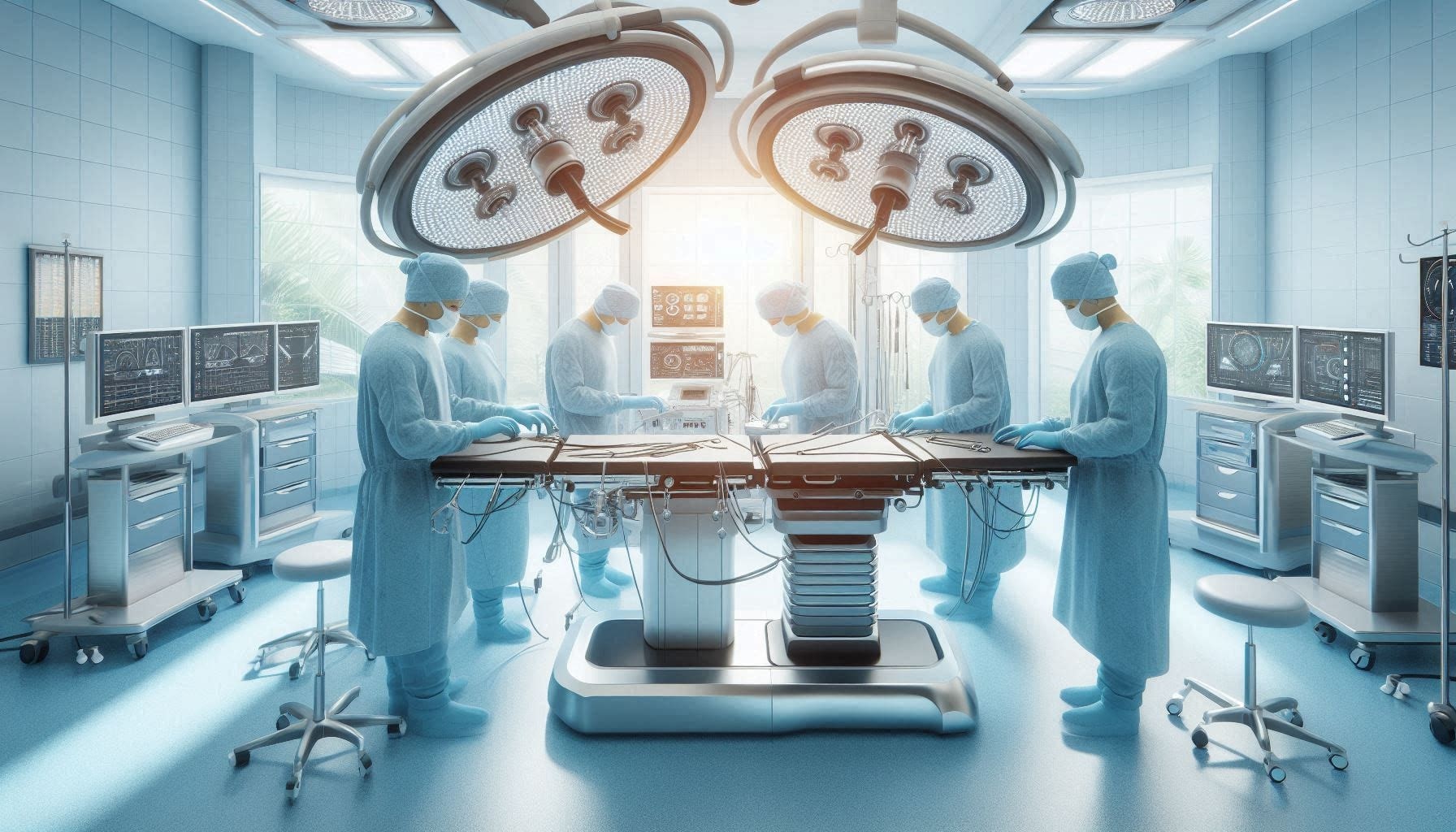Even the most basic pieces of equipment are undergoing major changes in the rapidly developing field of medical technology.One such item that has seen remarkable evolution is the humble operating table. As we delve into the comparative analysis of electric operation tables versus their manual counterparts, we uncover a fascinating journey of innovation, efficiency, and patient care.
At the heart of every operating room lies the operation table – a critical piece of equipment that can significantly influence the success of surgical procedures. As medical practices have advanced, so too have the tables upon which they are performed. But what exactly sets electric operation tables apart from their manual predecessors, and are they always the superior choice?
Manual operation tables have been the backbone of surgical procedures for decades. These tables rely on mechanical systems, usually hydraulic or pneumatic, to adjust height, tilt, and position. They are often praised for their reliability and simplicity. Manual tables are generally more cost-effective, less prone to electrical failures or software glitches, easier to use and repair, and often lighter and more mobile, making them ideal for field hospitals or resource-limited settings.
However, manual tables come with their own set of challenges. Adjustments can be time-consuming and may require significant physical effort from operating room staff. This can lead to potential ergonomic issues and increased risk of staff injury, especially during long procedures or when dealing with heavier patients.
Electric operation tables represent a significant technological advancement in surgical equipment. These tables utilize electric motors and computerized controls to achieve precise positioning with minimal physical effort. They allow for minute adjustments crucial for complex procedures, offer rapid positioning changes that can save valuable time during surgery, reduce physical strain on medical staff, provide smoother movements and better weight distribution for patient safety, and often come with advanced features like pre-programmed positions, memory functions, and integration with imaging systems.
The electric operation table shines in its ability to achieve complex positions quickly and accurately. For instance, in neurosurgery or orthopedic procedures where patient positioning is critical, the precision offered by electric tables can be invaluable. However, electric tables are not without their drawbacks. They tend to be more expensive, both in initial cost and maintenance. They also rely on electrical power, which can be a concern in areas with unreliable electricity supply or during power outages.
Recognizing the strengths and weaknesses of both systems, some manufacturers have developed hybrid models. These tables combine electric controls for major adjustments with manual overrides for fine-tuning or emergency situations. This approach aims to offer the precision and ease of electric tables while maintaining the reliability and simplicity of manual systems.
As we look to the future, the line between electric and manual tables may continue to blur. Advancements in battery technology could address power supply concerns, while improved hydraulic systems might enhance the capabilities of manual tables. We’re also seeing the integration of smart technologies into operation tables. Imagine tables that can automatically adjust based on the patient’s body type, or those that can communicate in real-time with imaging equipment to optimize positioning for each phase of a procedure.
While the technology behind operation tables continues to evolve, it’s crucial to remember the human element in surgical procedures. The best table is the one that allows surgeons and their teams to perform at their highest level, ensuring the best possible outcomes for patients.
In conclusion, the choice between electric and manual operation tables is not always clear-cut. Each option has its place in modern healthcare, depending on the specific needs and circumstances of the facility. As technology continues to advance, we can expect even more innovative solutions that combine the best aspects of both systems, ultimately leading to improved surgical experiences for both patients and medical professionals alike.






